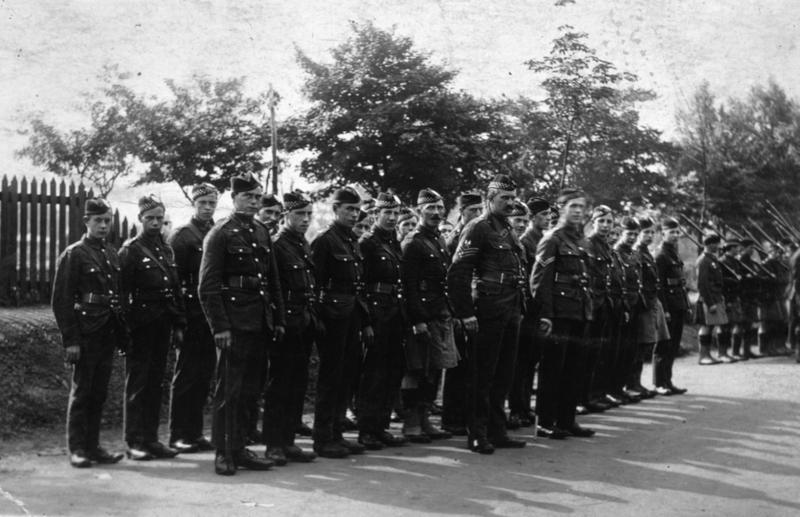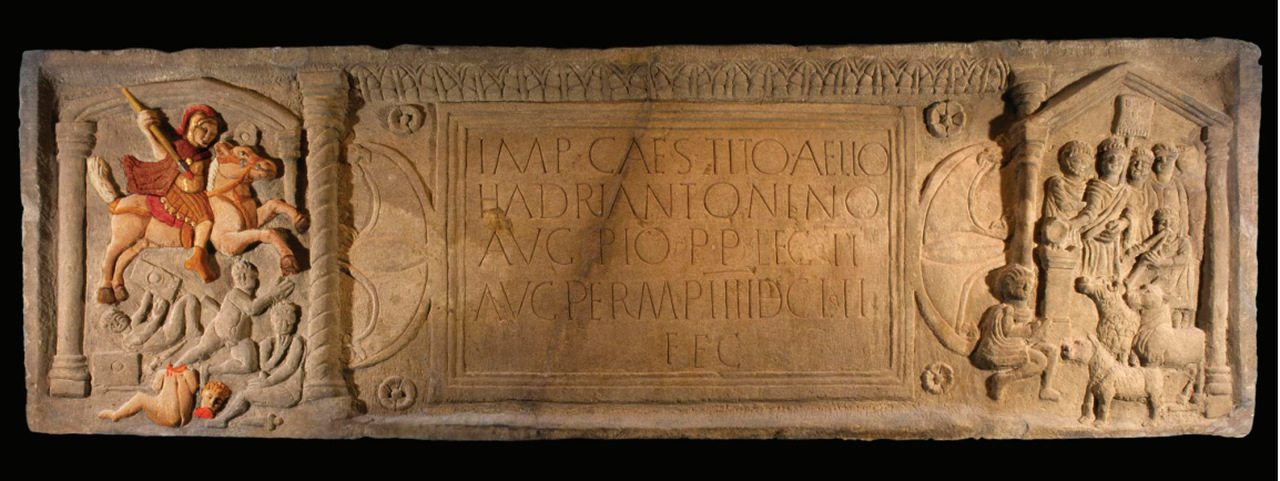The Kelpies are two 30-metre-high horse-headed sculptures situated next to an extension of the Forth and Clyde Canal in Helix Park. Placed where heavy horses once used to haul barges along the canal, it’s designer and sculptor Andy Scott visualised these gigantic steel statues as “a monument to the horse and a paean to the lost industries of the Falkirk area.”
Horses & Industry
Named after the shape-shifting water spirits that were said to inhabit Scotland’s lochs and rivers, the location of The Kelpies by the canal does not mean horses were only made to work on the waterways in Falkirk. They were the power behind numerous local industries, agriculture and day-to-day transport. Until the end of the 19th century – and even during the 20th century – horses pulled ploughs, delivery vans and carts, coaches, hearses, fire engines, as well as private traps and gigs. There were over 1,000 horses at work in Falkirk alone, along with dozens of blacksmiths’ shops, livery stables, and feed suppliers. Local horse markets took place on the ground known today as the Callendar Riggs and horse sales were a regular feature of the Falkirk Trysts, which were large livestock gatherings that took place three times a year on the first Tuesday in August, September, and October at Stenhousemuir. In 1849, Henry Colman described how “as many as three thousand horses are sometimes offered for sale, and the field presents the appearance of a grand military display.” Here they met with hundreds of buyers from all over Scotland and beyond.
From the construction and opening of the Forth and Clyde Canal during the 1770s onwards, barges were pulled by one or two horses which had to be changed at various stages. Normally, a horse towing a boat or a barge could pull fifty times as much cargo as it could pull in a cart or a wagon. When steam powered vessels appeared in the early 1800s, it looked like horse-drawn barges would be replaced by steam-power. An extract from the poem, “The Steam Barge or National Novelty” by a Mr. Muir of Kirkintilloch in 1802, evokes the comparison between the two:
“The horses har’ld them through’ the water,
Flae Forth and Clyde;
Or, reverse, wi’weary splatter,
An’ sweaty hide.
Then we believe’d, puir silly bodies,
Wha naething ken o’ learn’d studies,
That horses hoofs and hempen woodies;
Boot still to draw them;
An’ cursin’ callants clad in duddies,
To swear and ca’ them.
But little think we what’s in noddles,
Syne darklins forth frae drumly puddles,
Brings things to view,
That the weak penetration fuddles,
O’ me an’ you.
For lately we hae seen a lighter,
An’ at at her end a fanner’s flighter,
May bid boat haulers a’gae dight her
Black sooty vent;
Than half a dizzen horses she’s wighter,
By ten per cent. ”
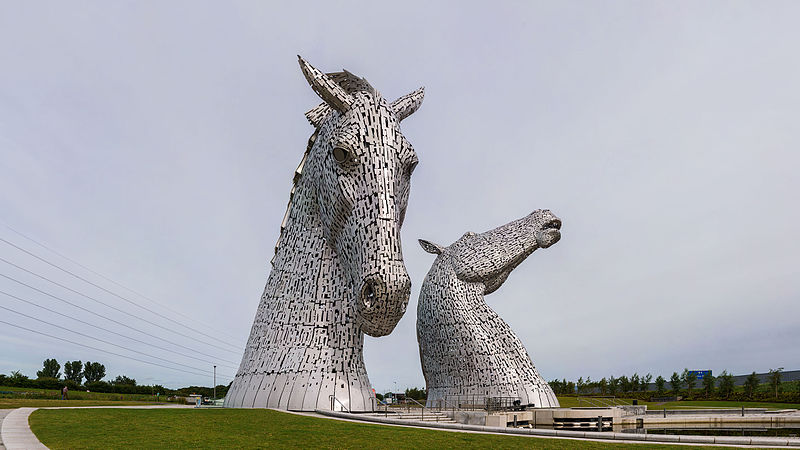

Nevertheless, horses continued to be used to pull barges up until the 1950s. Local newspaper reports show that horse-drawn barges often carried castings, whiskey, beer, and pig iron along the canal throughout the 19th century. Horses were also used for other operations on the canal. For instance, the first passenger boats introduced a different kind of horse which galloped with a “jockey” up top who carried a horn to “invite” slower boats to move away.
Agricultural Horses & Horsepower
Although the Falkirk district became a cradle of growing industry over the mid-18th and 19th centuries, agriculture remained a vital component of local life. In 1900 for example there were eighty-four farms listed in the area and each of them had a number of horses carrying out work such as ploughing, harrowing, sowing, reaping, binding and carting the produce to market. Even after the advent of the tractor many local farmers continued to use horses. The horses typically used on the farms were Lanark and Clydesdale breeds, which The Kelpies were modelled on. With the formation of the Clydesdale Horse Society of Scotland in 1877, the breed became a notable Scottish export in the late 19th centuries and early 20th centuries. Between 1884 and 1945, export certificates were issued by the society for 20,183 horses to various countries including the Americas, Russia, Italy, and Austria.
By the 1790s, industrial developments were already underway, with small workshops, warehouses, tile works, timber yards and coal stores established along the length of the Forth and Clyde from Grangemouth in the east to Camelon and Bonnybridge in the west.
Before steam-powered locomotives, local iron-casting works employed horses for heavy labour. The Carron Company utilised a horse drawn railway from the works through the “back wagon” in Bainsford meeting the canal at Burnbank basin. The power of the horse was even used to assist in the development of steam-power. The inventor and engineer James Watt devised the measure horsepower in the late 18th century. This was to analyse what his new steam-engine could bring about compared to the power of horses.
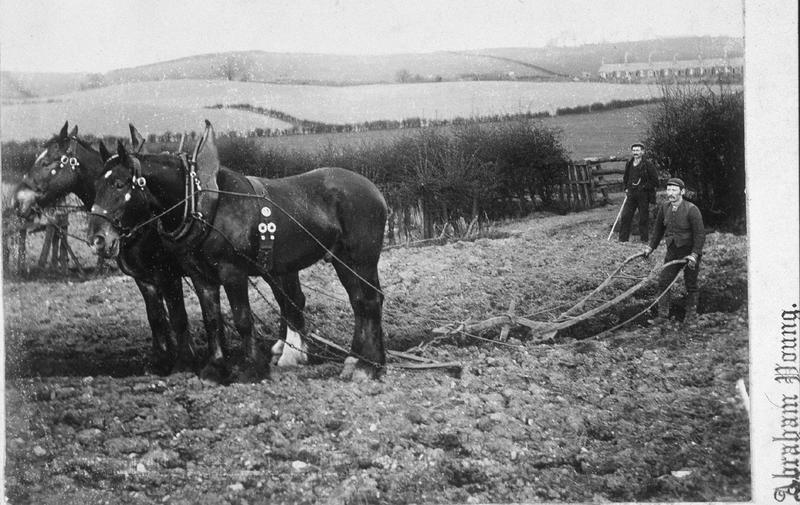

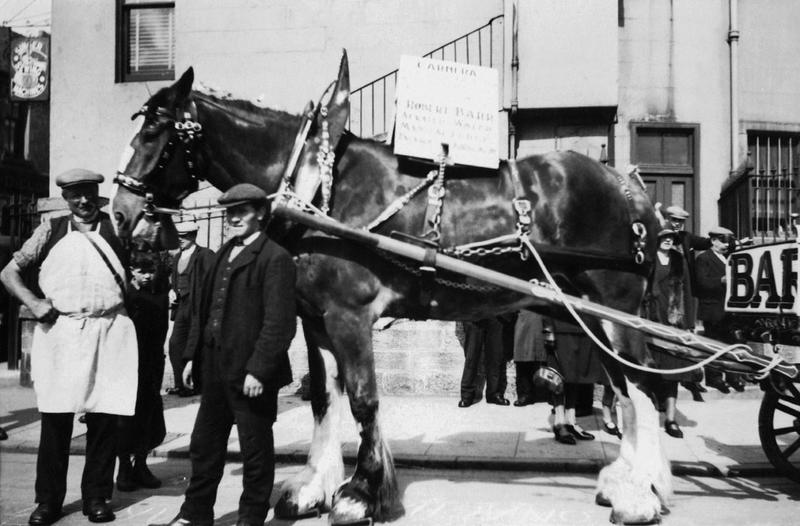

Horses were also important for the day-to-day transport of goods on roads, such as pulling delivery wagons and carts. Local companies such as Aitken’s Brewery and Barr’s used horses to pull their “lorries” for transporting and delivering their products. Barr’s used delivery horses extensively, the most famous being the Clydesdale, Carnera. Bought in Perthshire in 1930, he was 19 hand (6ft 6ins) tall and was said (erroneously) to be the largest working horse in the world. It was noted that it took 24 inches of iron bar to make one of his shoes, seven inches more than the average Clydesdale. His life sadly came to an end in January 1937 when he slipped on the cobbles in the Cow Wynd and all efforts to lift him back up had failed.
The Kelpies are a testament to the horses who drove the local enterprises that transformed Falkirk from a small market town into a centre of heavy industry. Even during periods of industrial and technological change, horses remained vital in the local agricultural and commercial landscapes up until the mid-20th century. The Kelpies is a reminder that during periods of change, there are histories that remain embedded into the heritage of Falkirk.
By Ruth Ilott, Hidden Heritage Online: Statues and Monuments volunteer 2020.
